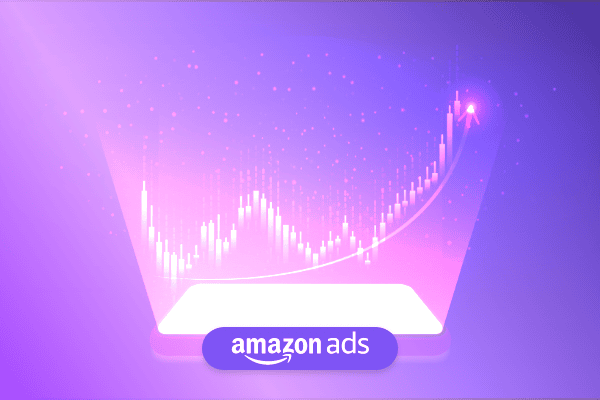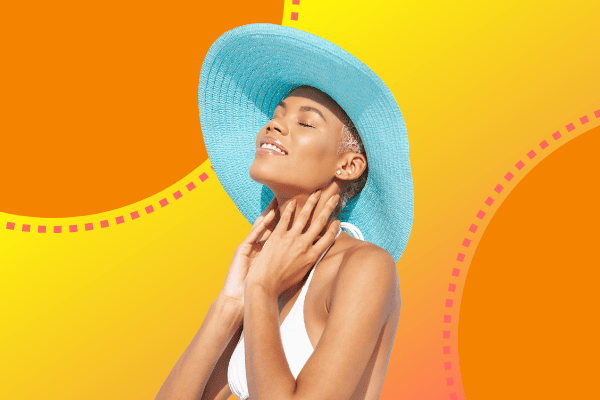Summary
Retail media is a game-changer for beauty brands, but rising costs, complex measurement, and shifting consumer behaviors make success challenging. The key? Smarter strategies. By leveraging AI-driven optimization, incrementality testing, full-funnel approaches, and standout creative, beauty brands can turn obstacles into opportunities—boosting engagement, maximizing efficiency, and driving lasting growth.
Retail media has become a critical battleground for beauty brands, with 92% of marketing leaders ranking retail media as their most important marketing channel. However, as more brands invest in retail media, the landscape is becoming increasingly competitive, requiring brands to be more strategic than ever. The key to success isn’t just participating in retail media—it’s knowing how to navigate the challenges, seize emerging opportunities, and execute effective strategies that drive real results.
From measurement complexities to rising costs and evolving consumer behaviors, beauty marketers face several roadblocks that can make or break their retail media success. Yet, within every challenge lies an opportunity for brands that can adapt quickly and leverage data-driven strategies.
Here are five of the biggest challenges facing beauty brands in retail media, the opportunities they present, and the strategies to turn them into competitive advantages.
Rising retail media costs are squeezing budgets, but efficiency can offset the impact
Retail media costs have surged as more beauty brands compete for premium ad placements across retailer networks. The growing demand for sponsored product ads, off-site placements, and upper-funnel display has led to higher CPCs and diminishing returns for brands that don’t optimize efficiently. As a result, many beauty marketers struggle to maintain profitability while keeping pace with competitors investing heavily in retail media.
Despite rising costs, the opportunity lies in maximizing media efficiency and improving ad performance through smarter targeting and bidding strategies. Brands that rely on AI-driven optimization, audience segmentation, and incrementality testing can stretch their budgets further and make every dollar work harder. Instead of simply increasing spend, brands that refine their measurement approach can eliminate wasted ad spend and focus on high-impact placements.
To capitalize on this opportunity, beauty brands should leverage AI-driven bid adjustments, optimize creative performance through dynamic testing, and shift budgets toward higher-performing audience segments. Implementing incrementality testing ensures that every dollar spent contributes to true business growth rather than just redistributing existing sales. Additionally, focusing on off-site retail media can help reach beauty shoppers earlier in their journey, improving long-term efficiency.
Measurement complexity makes proving impact difficult, but incrementality testing can provide clarity
Retail media’s closed-loop environments make it difficult for beauty brands to get a holistic view of performance across multiple retailer networks. With each retailer providing its own attribution model, understanding the true impact of retail media investments remains one of the biggest challenges for marketers. This lack of visibility often leads brands to over-rely on ROAS, which doesn’t account for factors like brand lift, new customer acquisition, or the influence of upper-funnel media.
However, beauty brands have an opportunity to move beyond traditional ROAS and embrace more sophisticated measurement techniques. Brands that integrate incrementality testing, can gain deeper insights into what’s truly driving sales. By understanding which campaigns create new demand rather than just capturing existing intent, brands can refine their strategies for long-term growth.
To take advantage of this, beauty marketers should adopt iROAS (incremental Return on Ad Spend) as a core metric, integrate retailer data with their broader analytics stack, and run geo-based or audience holdout incrementality tests to measure true lift. Investing in data partnerships and clean rooms can also help brands connect retail media performance to broader marketing efforts, ensuring smarter budgeting decisions.
The beauty consumer journey is more fragmented than ever, but full-funnel retail media keeps brands connected
Beauty shoppers no longer follow a linear path to purchase. Instead, they bounce between social media, influencer recommendations, brand websites, and retailer platforms before making a decision. This fragmentation makes it challenging for brands to create a cohesive retail media strategy, as consumers may engage with a product multiple times across different touchpoints before converting.
This shift presents an opportunity for beauty brands to embrace a full-funnel retail media approach that reaches shoppers at every stage of their journey. Rather than treating retail media as purely a conversion driver, brands that invest in upper-funnel awareness tactics, mid-funnel engagement strategies, and lower-funnel conversion optimization will create stronger, more connected consumer experiences.
To succeed, brands should align their social commerce, influencer marketing, and search efforts with their retail media investments. Running shoppable video ads, testing interactive display formats, and integrating retailer audience data into social campaigns can help build a seamless transition from discovery to purchase. Additionally, ensuring consistent messaging and creative assets across channels will reinforce brand presence throughout the consumer journey.
Off-site retail media is underutilized but growing rapidly, but early engagement improves conversion rates
Many beauty brands still focus the majority of their retail media spend on on-site sponsored product ads, missing the opportunity to engage shoppers before they even visit a retailer. Off-site retail media—where brands leverage retailer audience data across social media, display networks, and premium publishers—is a powerful way to reach high-intent shoppers earlier in the funnel.
The opportunity for beauty brands is to expand into off-site retail media to build brand consideration and influence pre-shopping behaviors. Research shows that beauty brands that invest in off-site retail media see higher engagement rates and better audience retention. These placements allow brands to educate, inspire, and steer shoppers toward retailer pages before competitors capture their attention.
To take advantage of this, beauty brands should test retailer data-powered programmatic ads, create dynamic remarketing campaigns, and invest in social commerce activations that lead directly to retailer purchase pages. Diversifying spend across both on-site and off-site placements ensures a stronger brand presence throughout the purchase journey and maximizes audience reach.
Beauty brands struggle with creative differentiation in retail media, but high-impact visuals drive stronger engagement
With thousands of beauty products competing for attention on retailer platforms, standing out has become increasingly difficult. Many brands use generic product images and templated ad formats, resulting in lower engagement and reduced ad performance. As beauty shoppers demand more immersive, personalized experiences, brands that fail to differentiate their creative assets risk being overlooked.
The opportunity here is to prioritize high-impact, visually engaging creative that captures attention and drives conversion. Beauty brands that incorporate shoppable video, dynamic creative optimization, and personalized ad variations see significantly higher engagement rates. Moving beyond static images and using motion graphics, influencer-led content, and interactive display ads can help brands make a lasting impression.
To stay competitive, beauty brands should invest in AI-powered creative testing, develop branded content specifically for retail media networks, and explore retailer-specific ad placements like Amazon Premium A+ Content. Using insights from creative performance analytics can also help refine visual storytelling and ensure ads resonate with key audience segments.
Conclusion: Beauty brands must evolve their retail media strategies
Retail media presents immense opportunities for beauty brands, but success requires more than just participation—it demands strategic optimization, advanced measurement, and full-funnel thinking. As the landscape grows more competitive, brands that actively address these challenges will be positioned for sustained growth.
By leveraging AI-driven bid optimization, incrementality measurement, full-funnel retail media strategies, and differentiated creative, beauty brands can transform these challenges into opportunities. The key is to think beyond lower-funnel conversion tactics and build a retail media approach that drives long-term brand equity and customer loyalty.
Ready to refine your retail media strategy? Schedule a brief demo with our team today and see how Skai can help your beauty brand stand out in an increasingly competitive marketplace.







